China performs two launches inside two hours
Original Publication Date: 2022-09-06 12:27
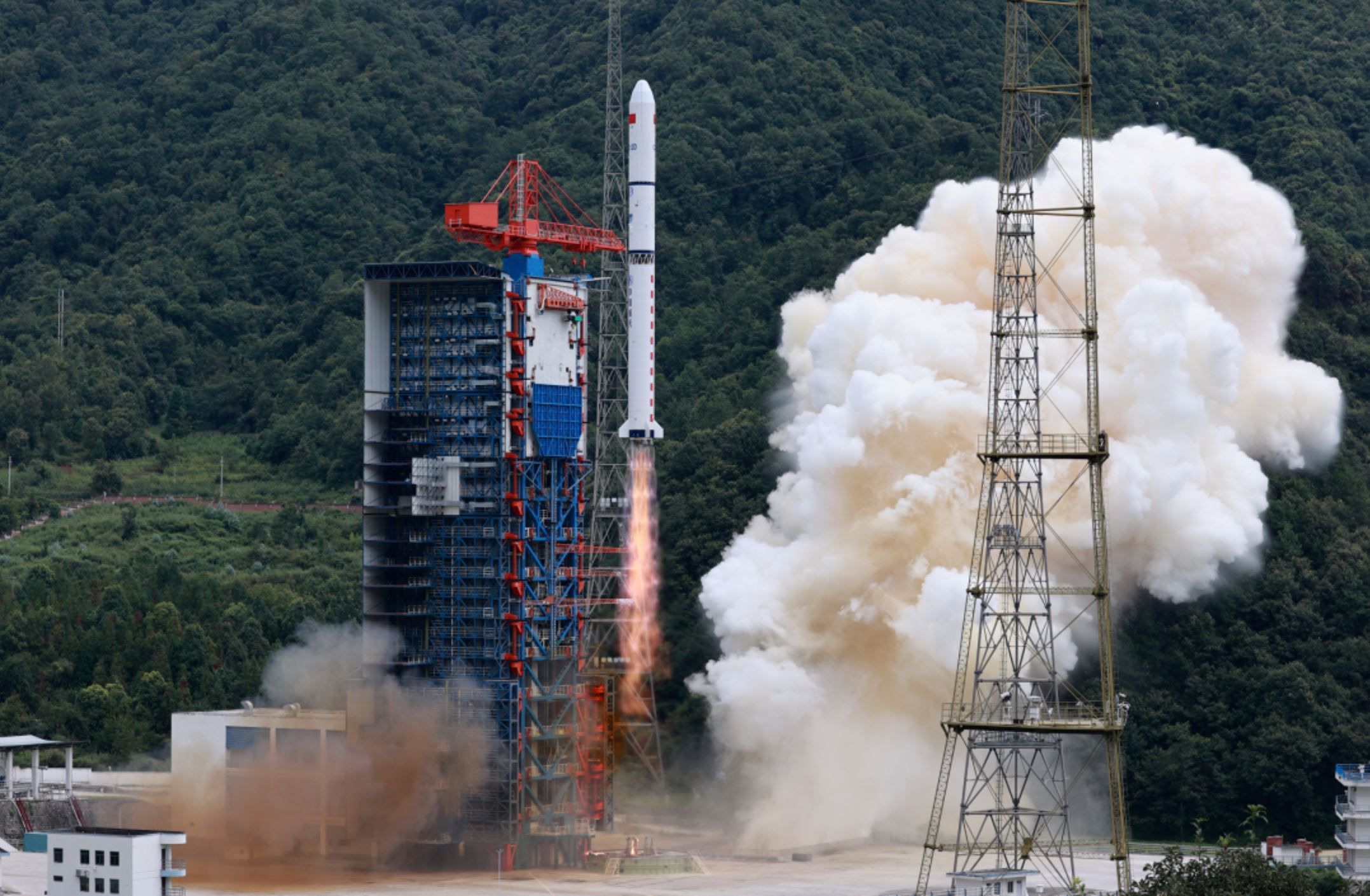
China conducted its 36th and 37th orbital launches of 2022 within a couple of hours of each other starting late Monday. A Kuaizhou-1A solid rocket lifted off into clear skies from a transport erector launcher at the Jiuquan Satellite Launch Center in the Gobi Desert. One hour and 55 minutes later, at Xichang in southwest China, a Long March 2D lifted off from Xichang.
South Korean lunar orbiter succeeds in critical trajectory correction maneuver
Original Publication Date: 2022-09-06 13:36

South Korea's first robotic lunar orbiter is looping back to the moon. The orbiter successfully conducted a critical trajectory correction maneuver Sept. 2. The orbiter, launched Aug. 5 on a SpaceX Falcon 9 rocket, is on a ballistic lunar transfer trajectory. Danuri will measure terrains, magnetic strengths, gamma rays on the lunar surface.
KMI wins three Space Force study contracts for debris cleanup technology
Original Publication Date: 2022-09-07 12:00

Kall Morris Inc. Received three study contracts for debris-cleanup technologies. KMI, based in Michigan, is a startup focused on space debris remediation. Michigan-based KMI teamed with three universities for the Orbital Prime program. Orbital Prime is run by SpaceWERX, the technology arm of the U.S. Space Force.
OneWeb takes $229 million charge for canceled Soyuz launches
Original Publication Date: 2022-09-07 11:35
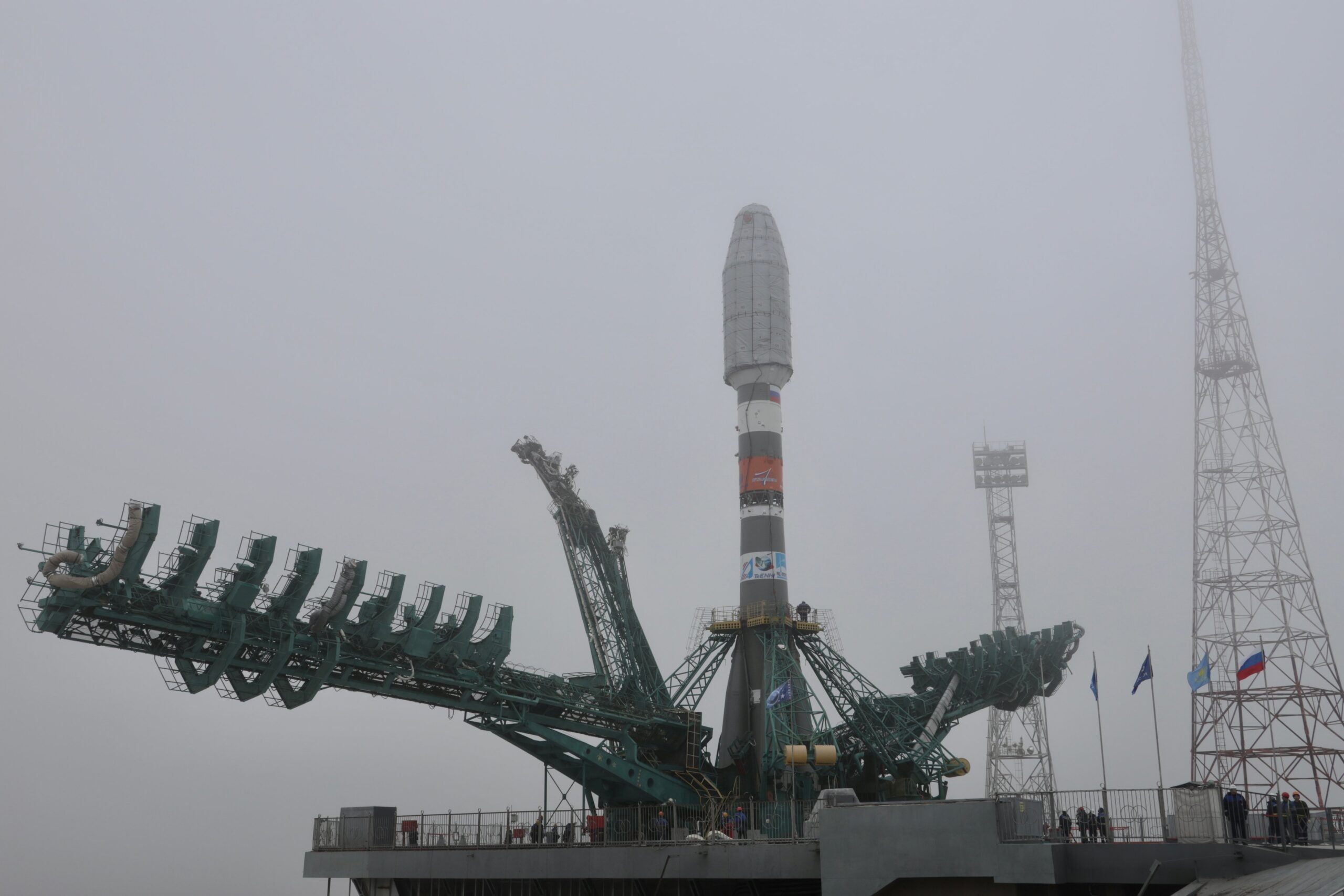
OneWeb was about to launch 36 of its satellites on a Soyuz from Baikonur in March. The Russian government put severe conditions on the launch, including requiring the British government to divest its stake in the company. The board of OneWeb declined to agree to those conditions and announced it would suspend all launches.
NASA to repair SLS liquid hydrogen leak on the pad
Original Publication Date: 2022-09-07 01:16
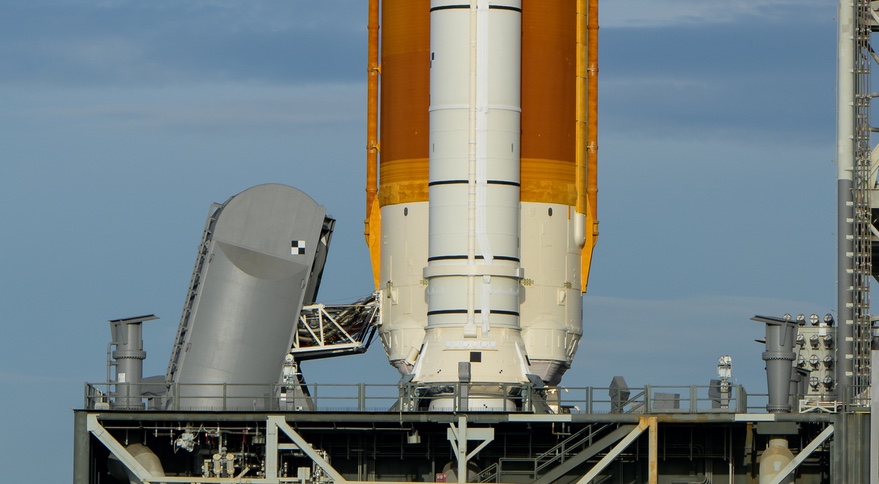
NASA will try to fix a liquid hydrogen seal that caused a Space Launch System scrub. That work will be done on the pad rather than rolling the vehicle back to the VAB. A problem with that seal resulted in a large leak of liquid hydrogen during the Sept. 3 launch attempt.
Rocket Lab signs on to U.S. military’s ‘rocket cargo’ program
Original Publication Date: 2022-09-06 22:07
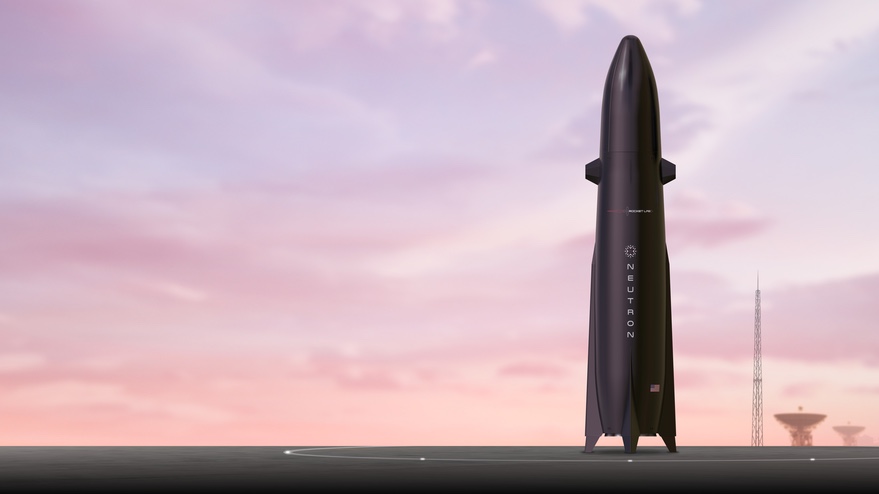
Rocket Lab signs research and development agreement with U.S. Transportation Command. Agreement will examine point-to-point transportation capabilities of Electron, Neutron. Rocket Lab founder and CEO Peter Beck: Rocket cargo offers new ability to move equipment quickly. Rocket cargo could offer U.S. Military new options for logistics operations.
NASASpaceFlight.com
The SSLV or Small Satellite Launch Vehicle conducted its launch debut from Sriharikota, India on Sunday, August 7 at 03:48 UTC. An issue with the fourth stage resulted in the satellites being deployed in an unusable orbit. The SSLV program’s genesis was a December 2015 National Institute of Advanced Studies proposal to create a “Small Satellite Launch Vehicle-1”
Commercial Archives
NASA has scrubbed the second launch attempt of the Artemis I mission from the Kennedy Space Center in Florida. A liquid hydrogen leak was detected at the vehicle-to-ground interface on the LH2 Tail Service Mast Umbilical. This was the fourth time teams loaded liquid hydrogen on the vehicle, and the fourth time something in the LH2 TSMU leaked hydrogen.
International Archives
A photo of the Chinese ZQ-2 rocket shows a close race against the American Terran 1 and Starship vehicles to be the first methane-fueled rocket in orbit. The Chinese Shenzhou-14 crew performed an EVA outside of the Tiangong space station.
Chinese Long March 3B Launches APStar-6C Communications Satellite – Spaceflight101

China conducted a rare commercial launch of a Long March 3B rocket with the APStar-6C communications satellite. Long March 3B lifted off from the Xichang Satellite Launch Center at 16:06 UTC on a mission of under half an hour to lift the spacecraft into an elliptical Geostationary Transfer Orbit. Confirmation of launch success was provided by APT Satellite around 40 minutes after liftoff when the satellite had been separated into its target orbit.
Blue Origin’s New Shepard Reaches new Heights in latest Test Flight – Spaceflight101

Blue Origin launched their reusable New Shepard launch system on Sunday. The mission was designed to expand the vehicle’s operational envelope by sending it to a peak altitude of 107 Kilometers. Sunday’s flight marked the second for this particular set of hardware, following up on the successful December 2017 mission.
News – Spaceflight101

Russia's Rockot booster is set to blast off from the Plesetsk Cosmodrome at 17:57 UTC on Wednesday with the Sentinel-3B multi-function satellite. The rocket will carry a Russian Rockot booster with a Sentinel-3B satellite.
ISS Updates – Spaceflight101 – International Space Station

A veteran NASA spacewalker and an EVA rookie from Japan ended their week with nearly six hours of work outside the International Space Station. The restoration of the Station’s Mobile Servicing System started last year and continued in January to provide Canadarm2 with a new pair of grappling hands.
Featured – Spaceflight101

A SpaceX Falcon 9 took to the skies over Florida’s Cape Canaveral Monday afternoon. The Falcon 9 lifted a flight-proven Dragon spacecraft into orbit for a critical delivery of science gear, supplies and maintenance hardware. The Dragon is the first of at least six cargo ships inbound to the U.S. Segment of ISS this year.
Re-Entry: Long March 11 Rocket Body – Spaceflight101

The CZ-11 fourth stage used leftover propellant for a partial de-orbit maneuver, lowering its perigee to 120 Kilometers to significantly accelerate its orbital decay. It is reportedly built around a YF-50 main engine and conducts the orbital circularization after the three CZ-11 stages finish their job.
A Cosmic Tarantula, Caught by NASA’s Webb
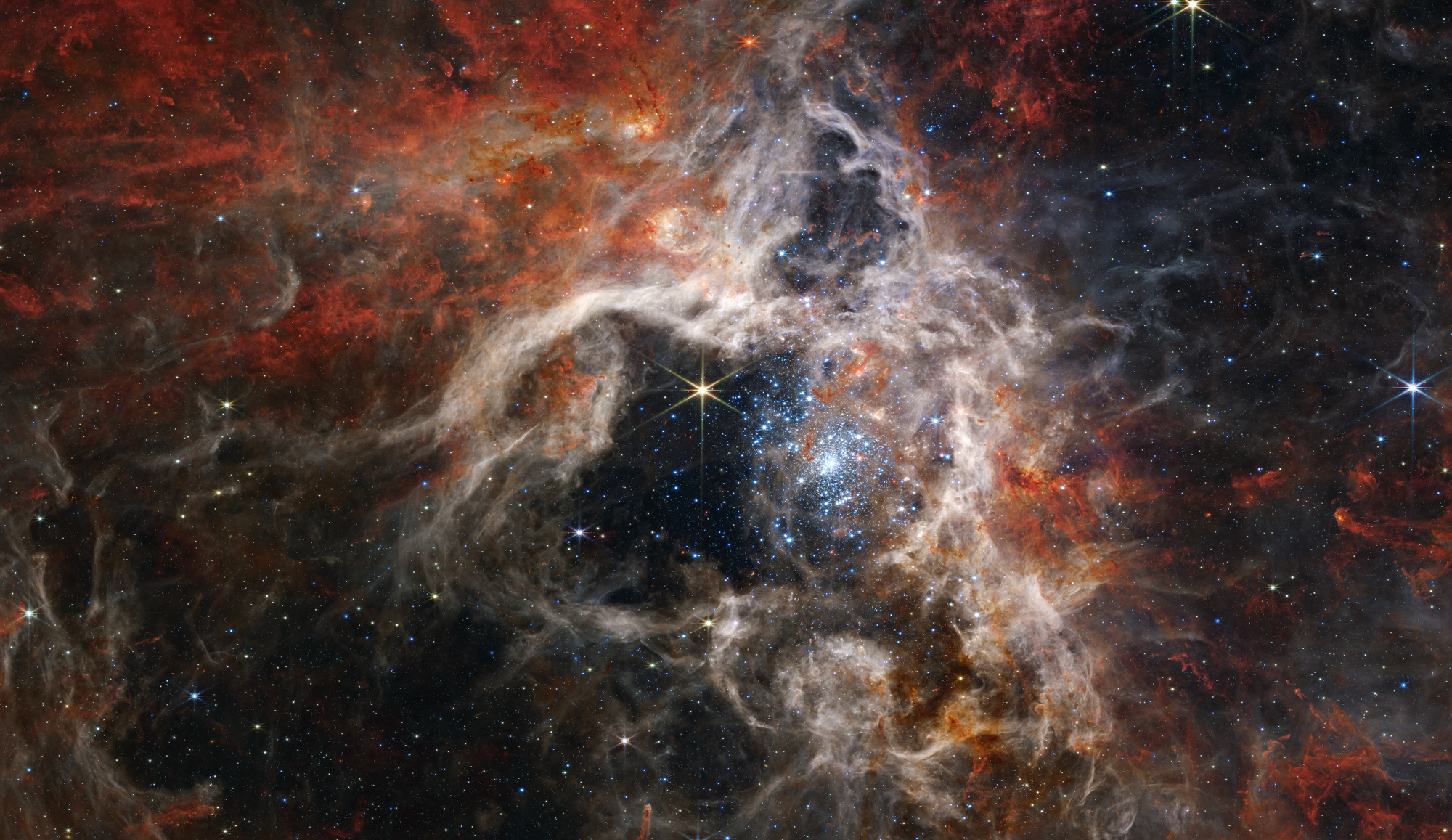
The Tarantula Nebula is the closest example of what was happening in the universe as it reached its brilliant high noon. Webb will provide astronomers the opportunity to compare and contrast observations of star formation in the Tarantula Nebula with the telescope’s deep observations of distant galaxies.
NASA’s Webb Takes Its First-Ever Direct Image of Distant World

Astronomers have used NASA’s James Webb Space Telescope (JWST) to take a direct image of a planet outside our solar system. The exoplanet is a gas giant, meaning it has no rocky surface and is not habitable. The finding is detailed in NASA’s latest JWST blog entry.
Explore the Solar System With NASA’s New-and-Improved 3D ‘Eyes’

Learn the basics about dwarf planets or the finer points of gas giants. Ride alongside no fewer than 126 space missions past and present. Scroll through rich interactive journeys, including Voyager’s Grand Tour of Jupiter, Saturn, Uranus, and Neptune. You can rotate objects, compare them side by side, and even modulate the perspective.
Engineers Solve Data Glitch on NASA’s Voyager 1
Engineers have repaired an issue affecting data from NASA’s Voyager 1 spacecraft. Earlier this year, the probe’s attitude articulation and control system began sending garbled information about its health and activities. The team has since located the source of the garbled information: The AACS had started sending the telemetry data through an onboard computer known to have stopped working years ago.
NASA’s Webb Detects Carbon Dioxide in Exoplanet Atmosphere

First clear, detailed evidence for carbon dioxide ever detected in a planet outside the solar system. No observatory has ever measured such subtle differences in brightness of so many individual colors across the 3- to 5.5-micron range in an exoplanet transmission spectrum before. Understanding the composition of a planet’s atmosphere is important because it tells us something about the origin of the planet.
NASA Helps Minority-Serving Institutions Refine Tech Proposals
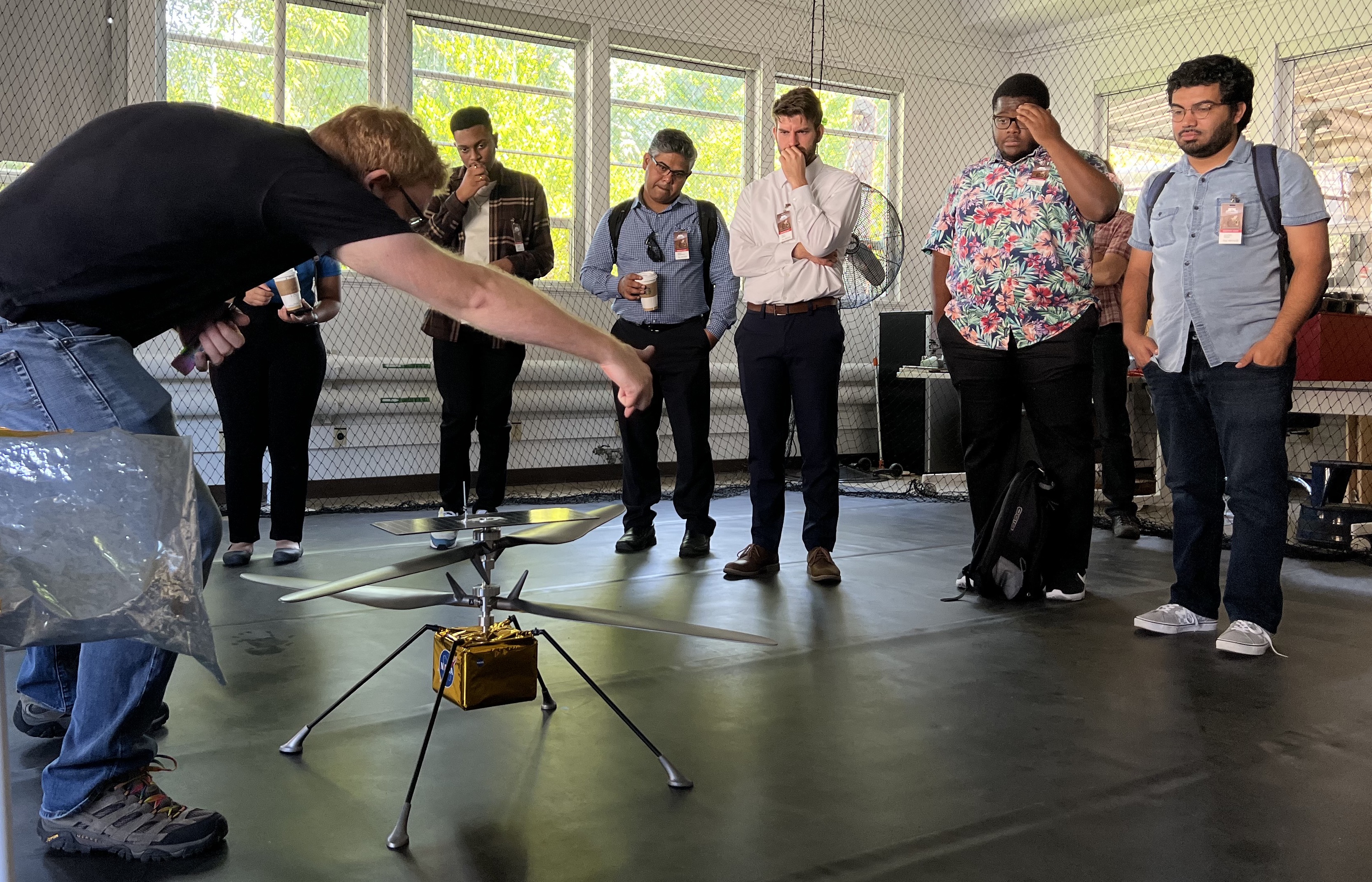
The FSU concept, under computer science professor Sambit Bhattacharya, is dubbed Autonomous Systems With On-Demand Inference From Perception Pipelines. The Massachusetts team, led by engineering professor Tomas Materdey, is working on a system of autonomous drones, recharging stations, and sensor nodes.
NASA’s Perseverance Makes New Discoveries in Mars’ Jezero Crater

Scientists have offered various theories why olivine is so plentiful over such a large area of the surface. Perseverance abraded a rock to reveal its composition; studying the exposed patch, the scientists homed in on the olivine’s large grain size, along with the rock’s chemistry and texture.

